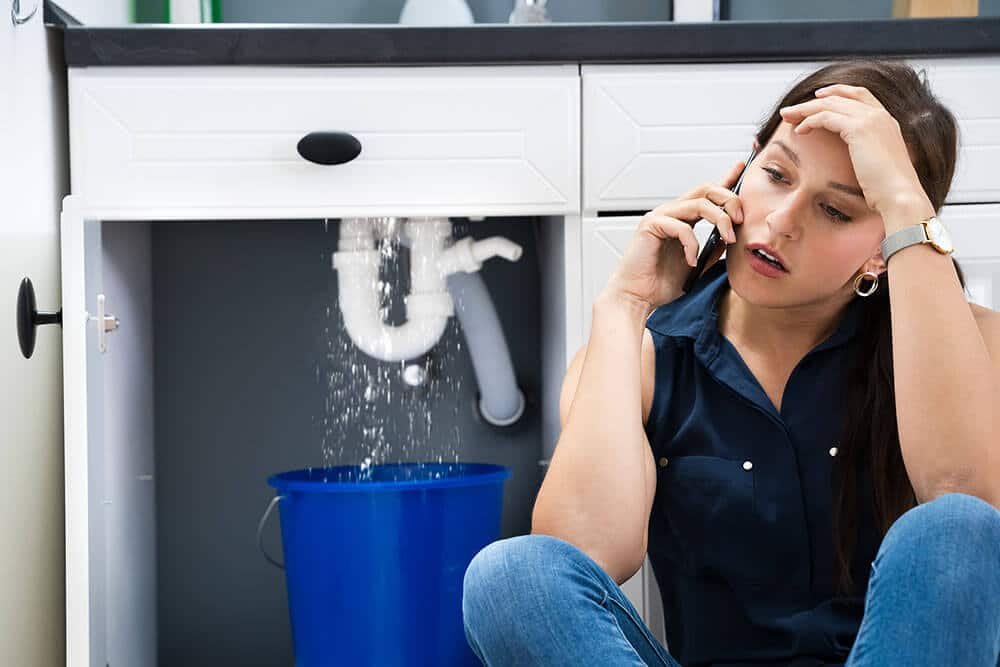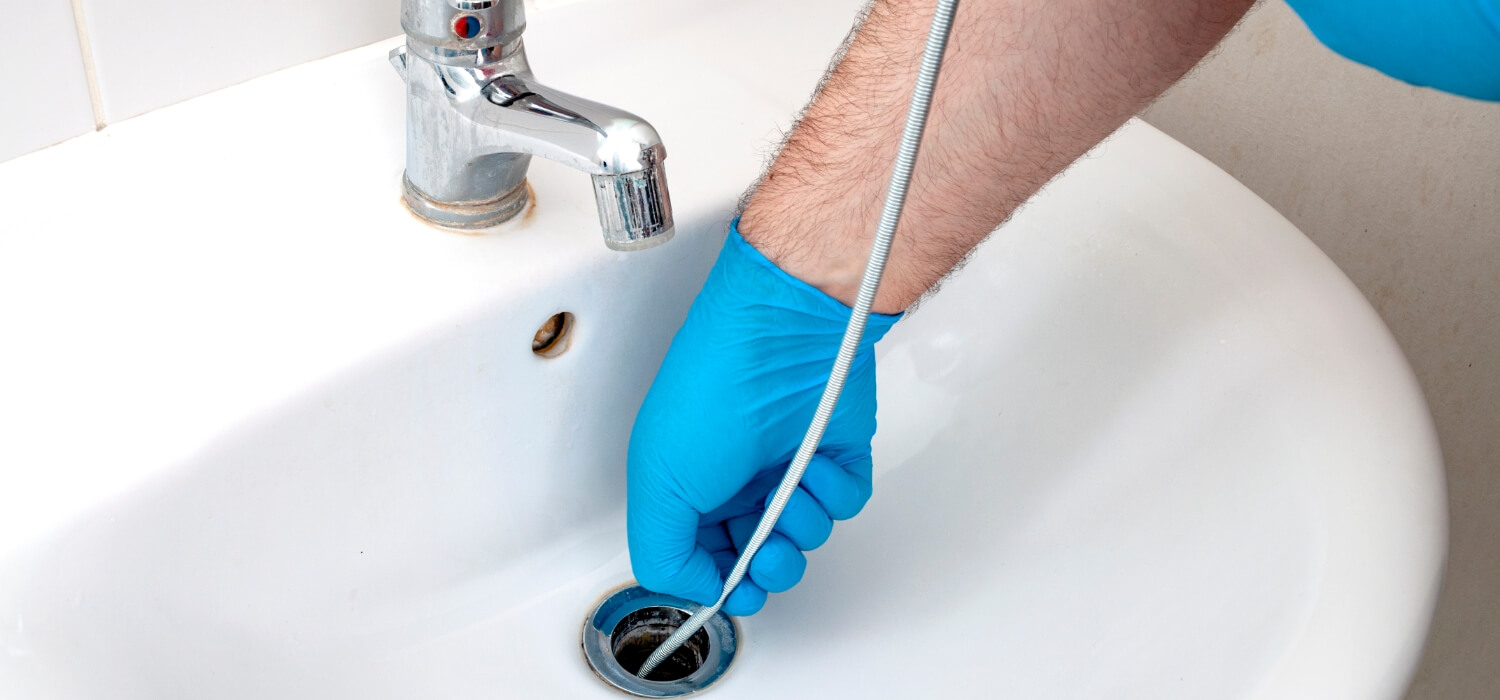Getting the Foundations of Home Plumbing: A Beginner's Primer
Getting the Foundations of Home Plumbing: A Beginner's Primer
Blog Article
The publisher is making several great points related to What to Know About Plumbing: Basics, Tips, and Insights as a whole in this post on the next paragraphs.

Plumbing is an important aspect of any kind of home, responsible for supplying tidy water for drinking, cooking, and bathing, as well as getting rid of wastewater safely. Understanding the essentials of home plumbing is necessary for every home owner to make sure proper upkeep, troubleshooting, and, if essential, repair services. In this novice's overview, we'll cover the essential principles of home plumbing to assist you become a lot more acquainted with how it functions.
Water Heating System
The water heating system is responsible for heating water for residential use, including bathing, food preparation, and cleaning. Usual types of water heaters consist of tank-type water heaters, tankless (on-demand) water heaters, and heatpump hot water heater. The water heater is attached to the water supply system and provides warm water to plumbing fixtures as required.
Drain System
The water drainage system removes wastewater from your home and brings it away to a sewer treatment facility or septic tank. It consists of a network of pipes, fittings, and components that move wastewater from plumbing fixtures to the main drain line or septic tank. Appropriate water drainage is important to stop clogs, backups, and sewage leakages.
Ventilation System
The ventilation system aids keep proper air pressure and avoid sewer gases from entering your home. Vent pipelines, likewise called air vent heaps, expand from plumbing fixtures to the roofing, enabling drain gases to get away safely outside. Ventilation pipelines likewise allow air to get in the drain system, assisting in smooth wastewater flow and preventing suction or vacuum impacts.
Water System
The water system system brings tidy water right into your home from a metropolitan water resource or a private well. It consists of a main water line that connects to your home's plumbing system, usually located underground. A water meter measures the quantity of water eaten, while a shut-off shutoff permits you to regulate the circulation of water right into your home.
Plumbing Fixtures
Plumbing components are tools that provide water to different parts of your home and consist of sinks, taps, bathrooms, showers, tubs, and appliances such as dishwashing machines and cleaning equipments. Each fixture is attached to the water system system via pipelines and fittings and might have its shut-off shutoff for upkeep or emergency situations.
Typical Plumbing Devices
Having the right tools accessible is necessary for carrying out basic plumbing fixings and upkeep tasks. Typical plumbing devices include adjustable wrenches, monkey wrench, pliers, pipeline cutters, hacksaws, plungers, augers (or drainpipe snakes), and Teflon tape. Having these devices easily offered can aid you tackle small plumbing problems effectively.
Basic Plumbing Repair Services
While some plumbing repairs might call for specialist help, several typical issues can be addressed with standard DIY techniques. Knowing just how to fix a dripping faucet, unclog a drain, change a bathroom flapper, or fix a trickling showerhead can conserve you money and time on plumbing repair services.
Verdict
Understanding the fundamentals of home plumbing is important for each home owner to preserve a secure, functional, and reliable plumbing system. By familiarizing yourself with the water system, plumbing fixtures, water drainage system, ventilation system, typical plumbing tools, and basic repair work, you can with confidence attend to minor plumbing problems and guarantee your home's plumbing system operates efficiently.
Plumbing for Beginners: A Comprehensive Guide
If you’re a beginner when it comes to plumbing, don’t worry; you’re not alone. Plumbing may seem intimidating, but with the right knowledge and a little practice, you can handle many common plumbing issues on your own. In this comprehensive guide, we will demystify the world of plumbing for beginners, providing you with the basic knowledge and skills needed to tackle common plumbing problems and even take on some DIY plumbing projects.
The Importance of Basic Plumbing Knowledge for Beginners:
First and foremost, basic plumbing knowledge gives you a solid foundation. It helps you grasp the key concepts and terminology that are essential in this field. By learning the basics, you’ll be able to build upon that knowledge and tackle more complex plumbing tasks in the future.
Having a basic understanding of plumbing also enables you to handle common issues that may arise in your home. Picture this: a leaky faucet or a clogged drain. With some basic plumbing knowledge, you’ll have the confidence to troubleshoot and fix these problems on your own. It saves you from unnecessary expenses and the hassle of waiting for a professional to arrive.
As a beginner, learning the basics of plumbing empowers you to take care of your own home. It gives you a sense of independence and self-reliance. You’ll no longer have to rely solely on professionals for every small issue that pops up. Instead, you can handle many tasks yourself, saving time and money in the process.
Remember, everyone starts as a beginner. Embrace the learning process and take small steps to expand your plumbing knowledge. There are plenty of online resources, tutorials, and even local workshops that talk about plumbing for beginners.
Essential Tools for Plumbing for Beginners
As you start your plumbing journey, having the right tools in your toolbox is crucial. Let’s explore some of the must-have tools:
Adjustable Wrench:
This versatile tool is a staple in any plumber’s toolbox. It allows you to tighten or loosen nuts and bolts of various sizes. Make sure to have an adjustable wrench with a comfortable grip.
Pipe Wrench:
A pipe wrench is specifically designed for gripping and turning pipes. It has serrated jaws that provide a strong grip, making it easier to loosen or tighten threaded pipes and fittings.
Plunger:
The plunger is a simple yet effective tool for clearing clogged drains and toilets. It creates suction when you push and pull, helping to dislodge blockages. Keep a good-quality plunger handy for those unexpected clogs.
Pipe Cutter:
When it comes to cutting pipes, a pipe cutter is your go-to tool. It creates clean, precise cuts without damaging the pipe. Look for a pipe cutter that can handle the pipe sizes you’re working with.
Hacksaw:
A hacksaw is useful for cutting through pipes, screws, and other materials. It’s a versatile tool that can handle different cutting tasks. Remember to use a blade suitable for cutting metal.
Tape Measure:
Accurate measurements are crucial in plumbing. A tape measure allows you to measure pipe lengths, distances, and dimensions accurately. Opt for a sturdy tape measure that extends a good length.
Pliers:
Pliers come in handy for various tasks, such as gripping, bending, and cutting. Slip-joint pliers with adjustable jaws are great for gripping pipes, nuts, and bolts.

I hope you enjoyed our excerpt on How Does the Plumbing Work in Your Home?. Many thanks for taking the time to read our article post. You should take the time to share this content if you liked it. We love your readership.
Request Estimate Report this page